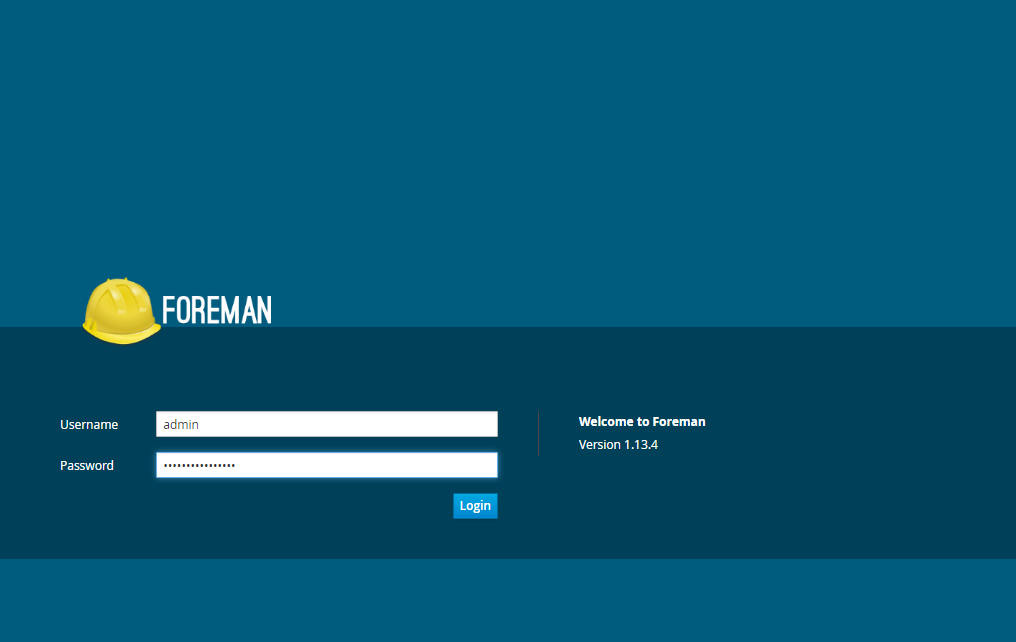How To Install Jedit On Centos 7 Change

I can see why most EC2 users wouldn't need tools like gedit, but I was surprised how difficult is was to install it. – Abe Aug 20 '12 at 13:57 to be honest, nano, pico, joe, mcedit (part of the mc package), or vi aren't very hard to use.
I'm very new to linux, and I am using CentOS in a VM for program testing. Everything seems to be fine, except for every few minutes I get this error: Error Type: Error Value: File contains no section headers. I looked in a few forums, and one said to use this command cat /etc/yum.repos.d/fedora-updates.repo, but when I did so it said there was no such file or directory. Any thoughts on how I can go about fixing this? I'm very much a beginner when it comes to linux, so step by step would be greatly appreciated. Your coworker has apparently been hacking on that file.
If you diff -wu it against the stock version, you get this: --- /etc/yum.repos.d/CentOS-Base.repo 2011-12-08 20:00000 -0700 +++ x 2012-09-06 21:07083 -0600 @@ -1,14 +1,7 @@ -# CentOS-Base.repo -# -# The mirror system uses the connecting IP address of the client and the -# update status of each mirror to pick mirrors that are updated to and -# geographically close to the client. You should use this for CentOS updates -# unless you are manually picking other mirrors.
-# -# If the mirrorlist= does not work for you, as a fall back you can try the -# remarked out baseurl= line instead. -# -# +CentOS-Base.repo + + +enabled=1 [base] name=CentOS-$releasever - Base @@ -20,7 +13,8 @@ #released updates [updates] name=CentOS-$releasever - Updates -mirrorlist=+mirrorlist=+release=$releasever&arch=$basearch&repo=updates #baseurl=gpgcheck=1 gpgkey=file:///etc/pki/rpm-gpg/RPM-GPG-KEY-CentOS-6 Breaking that down: • Header comments removed. This is harmless.
You do not need to replace them. • Added CentOS-Base.repo line. This has to be a mistake, likely due to trying to apply step-by-step tutorial instructions from some random web site without trying to understand them first. Remove this line. • Added enabled=1 outside of any section.
According to yum.conf(5) this is illegal. Your coworker was probably trying to follow an instruction to change one of the existing enabled settings from 0 to 1. Remove this line, too.
• Broken mirrorlist line. This was probably a result of editing the file in a word processor, rather than in a plain text editor. It got word-wrapped, then saved. (This is the change most likely to have caused the actual harm.) Glue those two halves back together. Then tell your coworker that Abiword, OpenOffice.org Writer, KWord and LibreOffice Writer are not text editors. Vim, Emacs, Nano, jEdit, gedit, Kate.
These are text editors. With the more advanced sort of text editors, you still have to be careful you aren't turning on RTF editing or word wrapping, though, if you're going to use it for editing Linux configuration files.

Linux admins spend most of their time on working in a terminal; there are some who like to work on GUI instead of a terminal. Max edition clothes. By default, installed as the minimal server, and user intervention is required to change the installation type. This guide will help you to install GUI on on the top of the minimal server installation.
Before installing GUI, make a to avoid downloading packages from the internet. READ: Optional: Run the following command to list down the available package groups for. # yum group list Output: Loaded plugins: fastestmirror There is no installed groups file.